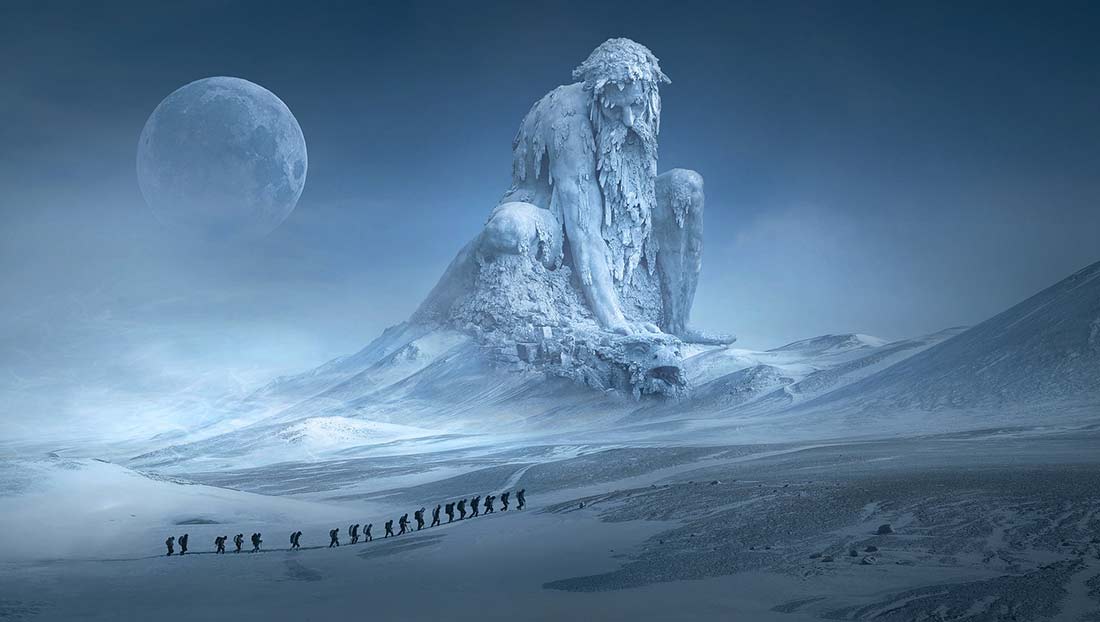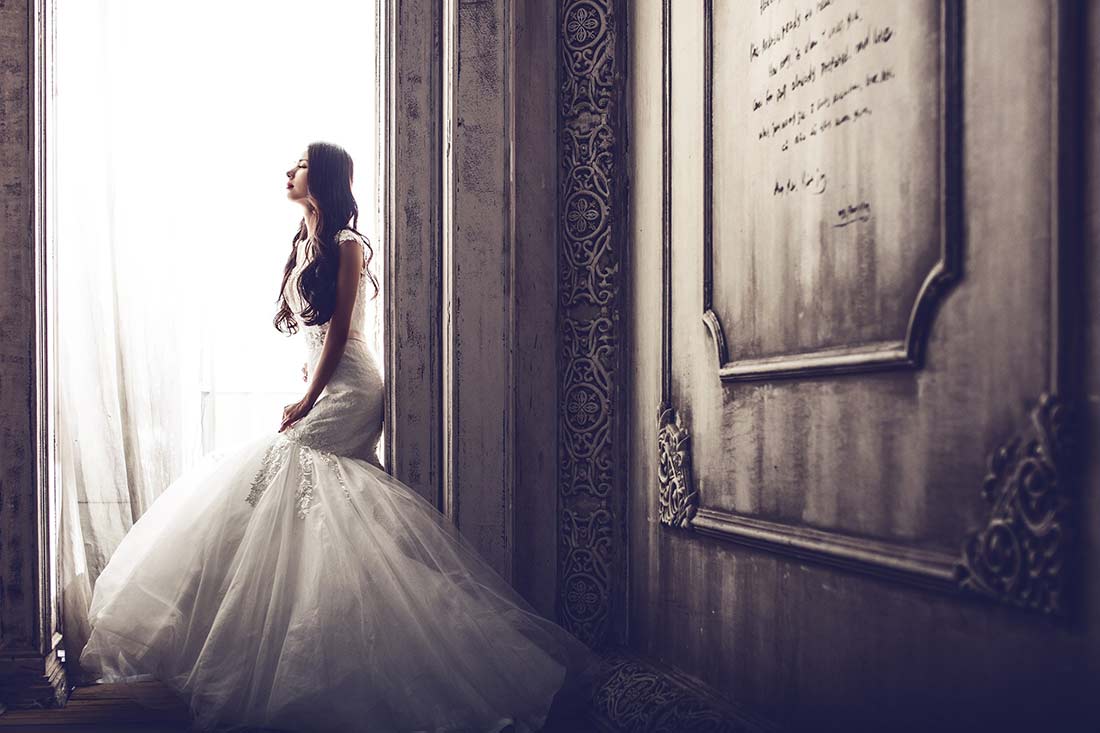“How do you take truly beautiful photos?” It’s the one question pretty much every photographer has asked at one point or another. After all, anyone can learn to take good photos. Not everyone has mastered the fine art of capturing images that really make a viewer sit up and take notice.
However, while it’s true that beauty is in the eye of the beholder, it’s important to realize that there’s a methodology attached to capturing amazing images as well. Best of all, it’s a methodology that can be mastered with enough insight and practice. Let’s take a closer look at some of the main characteristics all world class photos have in common. How will you apply them to your photos?
- The composition is out of this world.
When you first enter the wide, wonderful world of photography, you’ll run into lots of different rules that address composition. For instance, there’s the rule of thirds, as well as the rule of symmetry. You’ll meet many photographers that swear by asymmetrical compositions, leading lines, framing, and other techniques as well.
These are all great approaches to consider and learn, but it’s just as important not to let rules stop you from identifying and nailing a really great shot. Not every truly beautiful photo features a composition that follows the rules, but all come attached to one that’s really solid, so always consider yours first and foremost.

- They convey emotion and tell the viewer a story.
Human beings are hard-wired to respond not only to emotion, but to crave a good story and pictures really are worth a thousand words. Truly beautiful images make us feel something. They make us laugh, they make us cry, and they put us right there in the moment.
They also make us wonder, think, and contemplate. Try approaching your subject by asking yourself what you want your photo to say to the viewer. What story are you telling them and how do you want them to feel about what you’ve just said?
- They leave a little something to be imagined.
Speaking of stories, have you ever noticed the way the really good ones don’t just spell everything out for you? They always leave a little something to the imagination and invite you to wonder what happens next. It’s why the book is almost always better than the movie. Books stimulate the imagination in a way a movie simply can’t.
Truly fantastic photos do the same thing. They only take the viewer part of the way there when it comes to what they’re trying to say. The viewer is left to imagine the rest of the scene.
- They capture contrasting concepts in unique ways.
One of the most poignant ways to get a viewer thinking with just one image is to look for ways to add contrast. However, contrast isn’t just something to consider when you’re making lighting or post-editing decisions. You can create contrast using subject matter as well and the world’s best photos often do.
Try experimenting with objects, people, or concepts that go perfectly together on one level because they contradict each other on another. Examples include but are not limited to children paired with elderly people, beautiful flowers paired with garbage, or very clean items paired with very dirty ones.

- They explore unique ways to use light and color.
Any well-orchestrated photograph will feature colors that are true to life and good lighting that adequately illuminates the subject. Truly great photographs will take mere technical correctness and transcend it by using light and/or color in original ways you don’t see every day.
This is one of the many reasons why photographers are big believers in the golden hours of sunrise and sunset. Those are times of day that have a way of generating amazing lighting and vibrant, living colors you just don’t see the rest of the time. However, it’s important to understand there are other ways to capture light and color that truly sing.
Try using reflected light to add visual interest to your shots. Play with artificial lighting concepts that think outside the box and help to tell the story of your subject in an exciting new way. Look into ways you can consider color when putting your composition together as well. The sky’s the limit!
- They call attention to details that are often overlooked.
Here in the 21st century, humanity at large is busier than ever before. People are constantly rushing from place to place. They rarely stop to think, look around, and consider. As a result, they may grasp the big picture when it comes to their surroundings, but they probably miss quite a few of the details.
Many of the world’s most beautiful photos invite the viewer to stop and consider something they might have missed otherwise. It could be something as simple as the detail inside an orchid or a particularly unique shadow at sunset. It’s your job as the photographer to open your eyes, spot the more subtle beauties others might be missing, and capture their uniqueness in an eye-catching way.
- They show you the world from an unusual perspective.
Although we rarely think about it, each of us sees the world from the same perspective more or less all the time. While there’s nothing inherently wrong with photographs that capture the world from this same familiar perspective, mixing things up can be a simple way to add a wealth of interest to your images. Start considering ways you can do this in regards to your favorite subjects and watch your pictures come alive.
Instead of photographing a child or an animal from the usual perspective of a full-grown adult, try bringing yourself down to the subject’s level and grabbing the shot from there instead. Consider shooting from up high, down low, or from an angle that’s slightly off-kilter as well. Show your viewer the world from a perspective they’ve quite literally never considered before. You’re sure to be glad you did!





